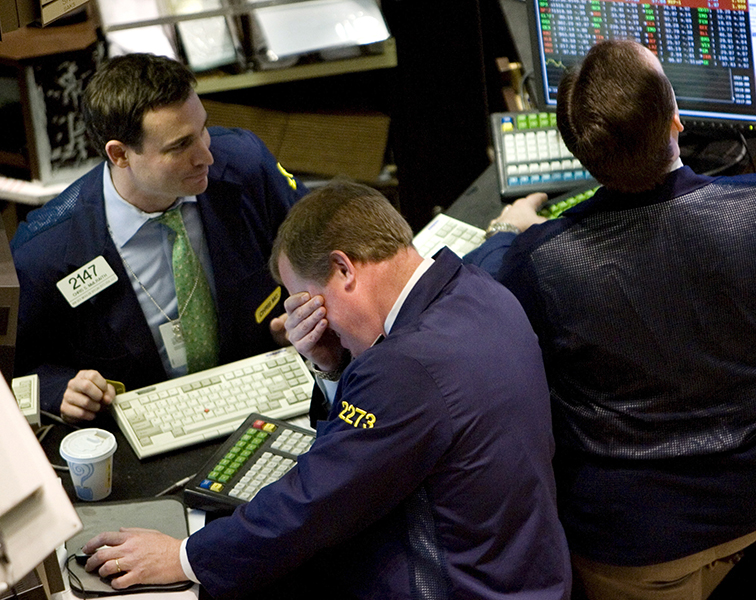Stock markets are back in the red on Thursday as further hawkish commentary from the Fed increases the odds of a recession over the next couple of years.
The soft landing that the Fed so desires is easier said than done, especially in an environment when inflation is so high and energy prices are through the roof. And when you consider the kind of tightening that’s being proposed, the economy is going to have to display incredible resilience to weather the storm.
The central bank has quickly gone from fighting the market to standing shoulder to shoulder with it. The next few meetings are likely to deliver three super-sized rate hikes it seems and that could be ramped up further if we don’t see some progress on inflation in that time.
Policymakers are clearly spooked by the data we’ve seen over the last couple of months and when faced with dealing with soaring inflation and supporting the economy, there’s only ever going to be one winner. They better hope any recession is mild and short-lived or the decision to drag their feet on starting the tightening cycle will look even more negligent.
Oil below $100 after IEA and EIA
Oil prices are slipping again today after falling more than 5% on Wednesday. The combination of the IEA reserve release and EIA inventory data sent prices tumbling yesterday and suddenly a world of double-figure oil looks possible.
That wouldn’t have been something to celebrate only a few months ago but a lot has changed since then. There are still plenty of upside risks to those prices despite the best efforts of those involved in the SPR release. But 240 million barrels is a substantial move that will help to offset the disruptions we’ve seen and allow time for US shale and OPEC+ to fill the void.
Gold sideways as other markets react to the Fed
The consolidation we’ve seen in gold in recent weeks has not been interrupted by the hawkish commentary we’ve had from the Fed over the last few days. While other areas of the market have reacted strongly to the comments, gold has been steady and if anything, the ranges have tightened.
Perhaps this is a sign of the enormous uncertainty in the outlook or the combination of high inflation and economic risks associated with it, and events elsewhere. There’s clearly a reluctance to let go of a safe haven and inflation hedge that’s been so sought after this year.
Bitcoin slips again after the Fed minutes
Bitcoin has come under pressure alongside other risks assets as a hawkish Fed has sapped demand for the cryptocurrency. It fell more than 4% on Wednesday and is down a little shy of 2% today. The crypto conference in Miami could have driven some excitement in the space that may have benefited the price, or so goes the narrative anyway, but that doesn’t appear to be happening this time around. I’m sure President Bukele is only seeing the positives in the latest downturn.

































